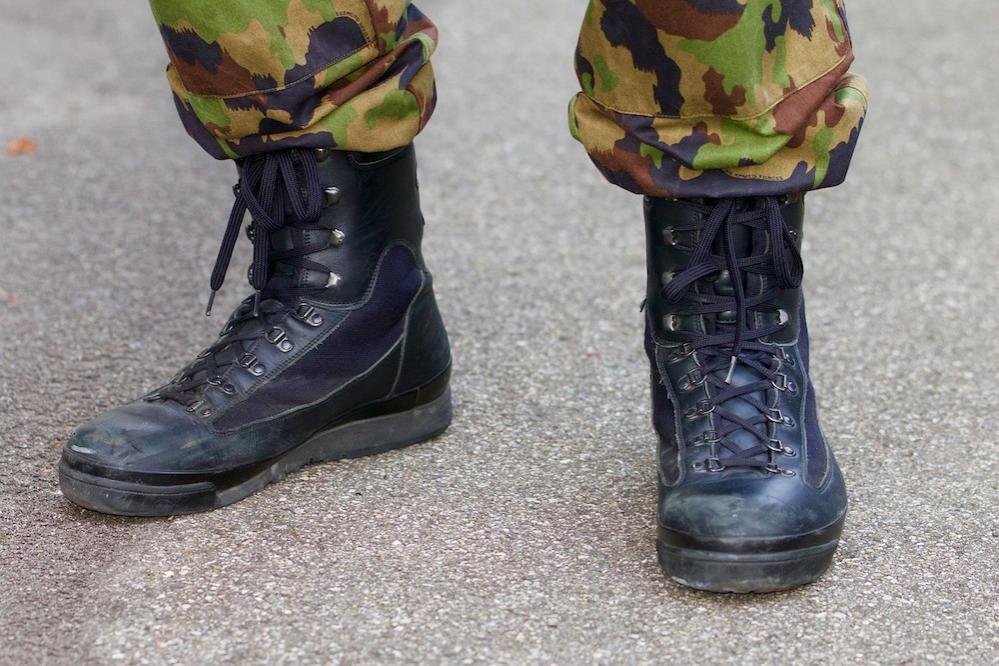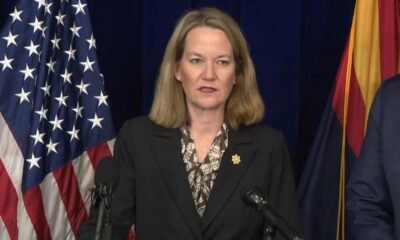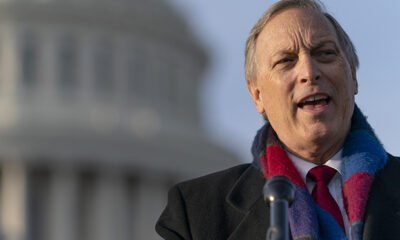family
Trump Strikes Again: Transgender Military Ban Unleashed

Former President Donald Trump has reinstated a ban on transgender individuals serving in the military through an executive order issued on Monday. This controversial decision comes after President Biden’s reversal of Trump’s original ban in 2021 and is expected to have significant ramifications for those currently serving in the armed forces.
Advocates warn that Trump’s reinstatement of the ban could lead to one of the largest layoffs of transgender military personnel in history. Reports indicate that transgender individuals serve at a higher rate than their cisgender counterparts, suggesting that the impact of this decision may be particularly severe within the military community.
This marks the second time Trump has sought to restrict transgender military service since he first proposed the ban in 2017. Following his initial announcement, studies estimated the loss of approximately 13,763 jobs among transgender military personnel by 2019—a year when the ban officially took effect.
With Trump now removing federal protections that had been established during Biden’s administration, the legal foundation for the ban is reestablished. The Supreme Court permitted the enforcement of the initial ban in 2019, following a legal battle that included four courts blocking its implementation.
The debate surrounding transgender military service has long been intertwined with the broader movement for LGBTQ+ rights. Prior to 2016, transgender individuals were not allowed to serve at all, but that policy shifted amidst a wave of advancements for queer Americans.
Critics of the ban, such as veteran and activist Monica Helms, emphasize the detrimental effects on national security and the risk of mistreatment for transgender individuals within the Department of Veterans Affairs. Helms points out that the military loses valuable expertise when it discharges skilled personnel, as many transgender individuals hold critical roles, including pilots and service members on submarines.
“It’s going to be real dangerous for our country,” Helms asserted, highlighting the potential threats to operational integrity and safety.
Legal experts like Shannon Minter, from the National Center for Lesbian Rights, argue that the ban’s implications extend far beyond military service, fostering a damaging narrative that might devalue transgender lives in various aspects of society. “It would have horrific spillover effects in other areas of life,” Minter noted.
Currently, the exact number of transgender service members impacted by the executive order remains uncertain. Estimates suggest there are approximately 15,500 transgender individuals in military roles, but this figure has not been updated since 2014. Minter suspects that the number affected may be lower, with an early focus likely on those who have undergone medical transitions.
In anticipation of legal challenges against the new order, advocates are already preparing a concerted response. Minter mentioned plans to engage with officials close to the administration to seek a reversal before many service members potentially lose their jobs.
The unemployment rate for transgender Americans is alarmingly high, at five times the national average as of 2022. Despite this, the military remains a significant avenue for job security, with approximately 2.1 million service members and nearly 800,000 civilians, making it unclear how this ban will reshape the workforce. Many believe that the military ethos, which values unity and mission over personal identity, has historically made it a more inclusive environment for those of diverse gender identities.


















